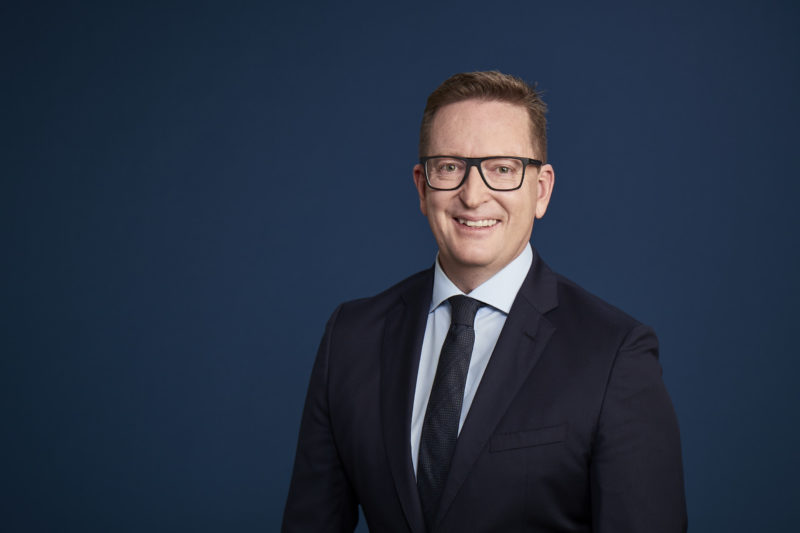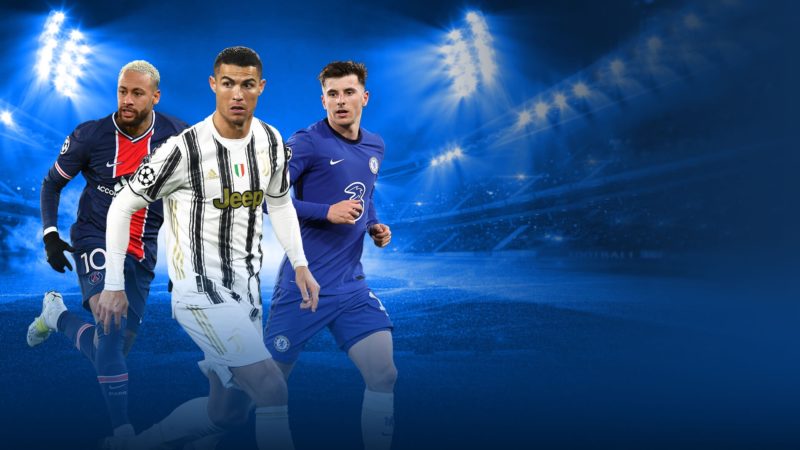
Mike Sneesby & Michael Stephenson on why Nine is ‘Australia’s media company’
Following the release of Nine Entertainment Co’s 2021 financial results, CEO Mike Sneesby and chief sales officer Michael Stephenson go behind the top-line numbers with Mumbrella’s Zanda Wilson.
Nine Entertainment Co reported strong revenue growth in this week’s financial results for the full year ending 30 June. Group revenues rose 8% to $2.3 billion, while NPAT was up 76% to $184 million.
Most of the multi-media giant’s segments recovered well, following the losses of 2020. Revenue was up across television, including both free-to-air and 9Now, while Stan continues to be a local success story against global competition. Revenue down 11% across radio, while publishing revenue shrunk 3%. Both segments are undergoing a slower recovery following a 2020 that proved challenging for the company, which is increasingly using the tagline ‘Australia’s Media Company’.
“It’s a statement of reality,” CEO Mike Sneesby says. “I’ve spoken about it at the Macquarie Conference and in market. If you look across Nine as a business now, we have a unique set of assets across every category of media. And we really are very different to the Nine and Fairfax of old.
“There’s really significant momentum now as we shift our overall company into a digital business. So Nine really is Australia’s media company, we support our audience and we deliver on our audience. We are completely Australian-focussed in a media category that has increasingly been populated by international players on the kind of scale that we offer.”

Nine CEO Mike Sneesby /Image by Louise Kennerley
Chatting with Mumbrella, Sneesby echoes several other media CEOs I’ve spoken with over the past two weeks of financial reporting. Simply put, the lockdowns impacting NSW and Victoria at current are not impacting advertiser confidence in anything resembling the impact of the 2020 lockdowns.
“During the early stages of COVID, what we saw wasn’t just lockdowns but a broader level of uncertainty around the market and around consumer behaviour,” he explains. “Quite clearly over the last 12-18 months we’ve learnt quite a bit about what happens to the economy during lockdown.
That’s not to say that everything is fine for everyone. Sneesby admits that local businesses have pulled spend, primarily impacting Nine Radio, but advertisers are more resilient and confident overall.
“Now what we see now is that certain category of advertising that do better in lockdown and there are others that don’t fare as well. Across the board, the net of that is greater confidence from advertisers. That means that recent lockdowns haven’t hindered the momentum around TV.
“For radio, the business is more leveraged to local markets and we all know that it’s local markets and local businesses that hurt the most so our radio revenue is a bit slower in terms of its recovery. We’re a bit more cautious about the radio market in the short term.”
Nine’s chief sales officer, Michael Stephenson, also joins the call to weigh in on the current state of television, and to set the record straight about where priorities will be for the company when it comes to measurement.
“The ad markets have definitely recovered far quicker than we expected and continue to do so, that’s a really positive sign,” he says.
“Of course, overnight ratings are important but they are only one part of the story. The way we think about television today in a combined sense, you’ve got to look at a metro and regional, you’ve got to look at overnight consolidated, and of course you’ve got to look at BVOD. [But] total television is the future.”

Chief sales officer Michael Stephenson
Nine has watched as the Tokyo 2020 Olympics on Seven brought linear metro ratings not seen since the peak of last year’s lockdowns, and with Seven yet to exercise its right to bit for the 2024 Olympics in Paris, Sneesby says nothing is off the table.
“At a top-level, the Olympics is a great event, but that’s exactly what it is: events television. So you have to look at it through a commercial lens and consistent with what we’ve said across sport and our sports strategy. If the commercials make sense, we will consider it. The Olympics is an important event in the global sporting calendar.”
He wouldn’t however, be drawn on where Nine is up to with its negotiations with the NRL for the rights to keep broadcasting rugby league in Australia. “I’m not going to go into any sort of specifics on negotiations with the NRL. Suffice to say we have had, and continue to have a great relationship with the NRL.”
Meanwhile, streaming service Stan, which Sneesby headed up until he was given a crack at the top job as CEO, continues to go from strength to strength. Stan Sport recently began broadcasting football, airing qualifiers for the 2021 UEFA Champions League and Europa League.
Stan now has 2.4 million active subscribers, with revenue from the service up 29% to $311.8 million.
Stephenson says Stan Sport continues to grow the Nine ecosystem in terms of what the company can offer advertisers when it comes to sponsorship packages around sport.
“Stan obviously is a subscription-based business, but as Mike pointed out in the call this morning, it gives us optionality from a content perspective in terms of buying rights that are able to be utilised across multiple platforms. Of course with Stan Sport and including free to air.
“So we’ve been in the market with rugby as an example, selling integrated sponsorship packages for brands that exist on television but also that integration gets pulled through onto the Stan platform. That helps us monetise those rights more effectively than you could do if you had a subscription-only business, which we don’t, we’re very lucky in that respect and unique.”
He also reveals that there’s been “early interest” from new subscribers around the UEFA football matches, but expects that to really grow “as we get into the main competition”.
Sneesby is still yet to name a successor at Stan, and reiterated that an announcement would be made in due course, but continued to sing the praises of acting CEO Martin Kugeler. “When I took on this role at Nine I was very clear that we wouldn’t be rushing to make an official appointment on a chief executive [for Stan].
“I’d say Martin and the entire team are doing a fantastic job, both with Stan Sport and the broader entertainment business.”

Stan Sport has already begin its cover of UEFA football
As mentioned, Nine Radio was one of the segments slowest to recover, but with revenue in the second half of the financial year improving 13%, Sneesby is bullish over the future of the business and echoes Nine Radio boss Tom Malone, saying he’s not concerned by recent radio ratings.
“We just don’t simply focus on a short-term view on ratings. I think you’ve got to playback to where the radio business was at when we took it on a number of years ago with boycotts from advertisers and quite clearly a challenge ahead in terms of what we did on it, as well as the cost base in that business.
“Over that period of time Tom [Malone] and the team have done a fantastic job at reshuffling what we bring on air, building a new line up, bringing that to market, and also resetting the cost base in that business.”
“So ratings continue to be important, but we don’t focus on every rating cycle. Across our radio network, 2GB and 3AW still leaders in their markets. Our audiences overall are up year on year across talk radio. So we’re really happy with that.”
In Nine’s publishing results this week, it was revealed that the company bought out the minority shareholders of Drive, but Sneesby says there are no plans to package up and sell the asset.
“It’s an opportunity to be able to deliver some of the growth initiatives. So without going into the specific details, buying out the minority just gives us a clear path to drive the strategy in that business, in the direction we want to take it, and realise the growth,” he says.
Nine’s paid subscription business continues to improve, however Sneesby says there are no plans to take a News Corp-style approach to paywalls.
“There is a certain amount of content our audience can consumer prior to having to sign up, on a monthly basis. Our team has done a fantastic job putting big news stories in front of the paywall to make sure that we continue to give out the Australians free access to important news.
“But certainly, the SMH and The Age, and the subscriptions around that have been one of the really important [revenue] drivers. The AFR led the way in subs and mastheads are doing a terrific job at growing that subscription revenue alongside our advertising and print revenues.”


